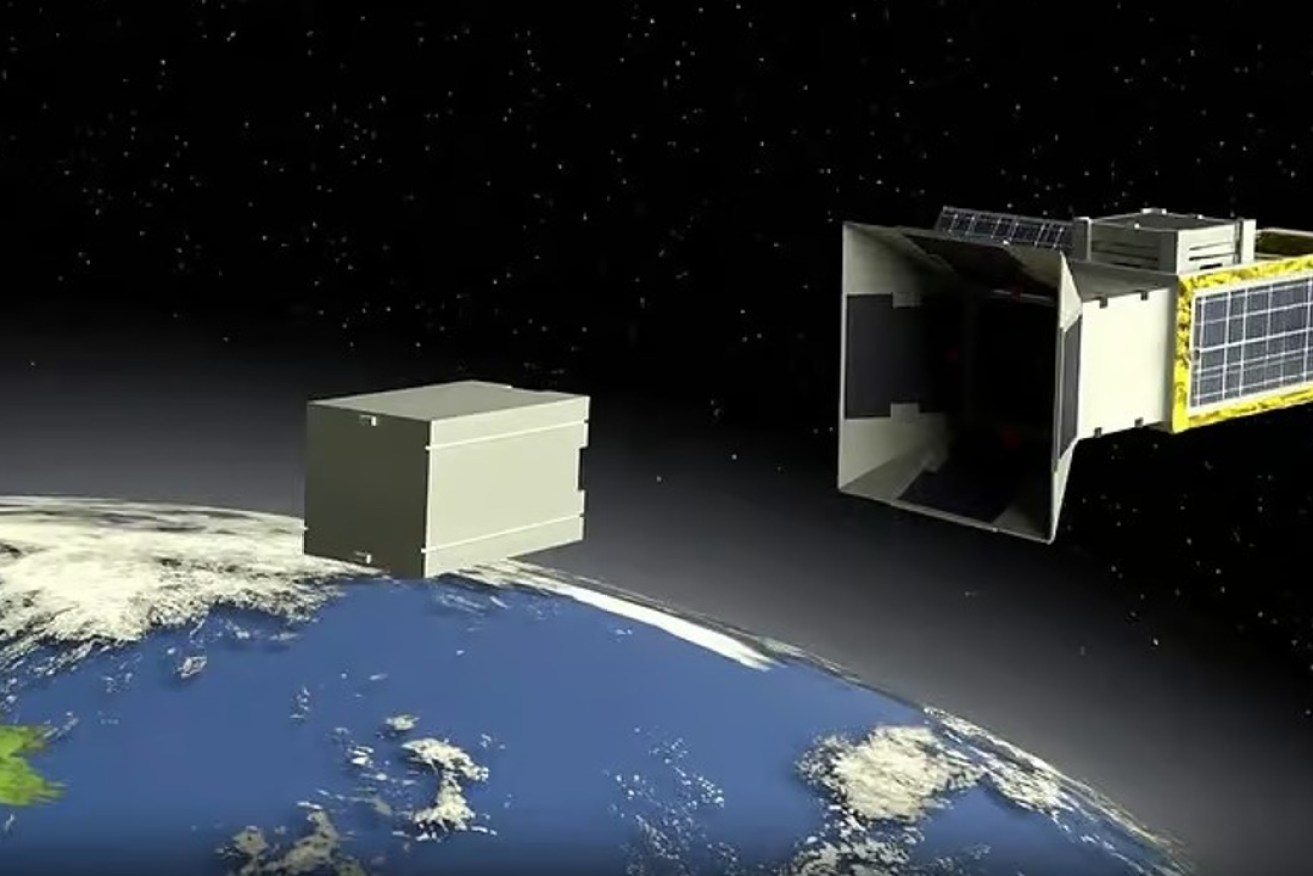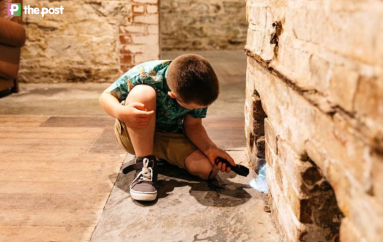National Reconstruction Fund – the story so far
After a slow start, businesses will soon be able to access support from the national R&D fund. Here’s what you need to know to get some benefit.

No NRF funding for the space industry means projects like the Paladin Space orbital “street sweeper” are harder to launch. Photo: Paladin Space
In the October 2022 Federal Budget, the Australian Government announced the establishment of the National Reconstruction Fund (NRF) – allocating $15 billion to partner with the private sector to support investment capable of growing the economy and increasing employment.
In the 2023 Federal Budget, $61.4 million over four years (commencing 2023-24) was committed to establish the National Reconstruction Fund Corporation (NRFC). This builds on and is partially offset through the redirection of funding from the previous budget.
This allocation to establish the NRFC included $53.2 million in 2023-24 for establishment and operational costs, and $8.2 million over four years from 2023-24 (and $1.2 million each year ongoing) for the Department of Industry, Science and Resources to support the establishment and provide oversight of the NRFC.
In August 2023, the Minister for Industry and Science announced the NRF’s independent board, to be chaired by Martijn Wilder AM.
The board first met in September 2023, and registered its investment mandate on 29 November 2023. The NRF is now officially up and running and should soon start distributing funds.
Which sectors will benefit from the NRF?
The distribution of NRF funds will take place following a decision by the board to provide a loan, guarantee or equity to Australian-based investments in the priority sectors previously identified by the Department of Industry, Sciences and Resources.
These are sectors range from renewables and low emissions technologies to adding value to the agriculture, forestry, fisheries and resource sectors. Transport, medical science and defence capability are also included.
Within these priority areas, the government previously identified $8 billion of the total $15 billion in NRF funds for the following:
- Renewables and low emissions technologies: up to $3 billion
- Medical manufacturing: $1.5 billion
- Value-adding in resources: $1 billion
- Critical technologies: $1 billion
- Advanced manufacturing: $1 billion
- Value-adding in agriculture, forestry, fisheries, food or fibre: $500 million.
Investment Mandate
While the NRF investment mandate has been registered, the board is still developing policies and procedures to align with the mandate.
In performing its functions, the board must consider the value of:
- Growing industrial capability
- Helping industry pursue value-adding opportunities
- Improving economic diversity
- Crowding-in private finance
- Decarbonisation
- Creating secure jobs and a skilled, adaptable workforce
- Boosting supply chain resilience
- Commercialising Australian innovation.
The NRF can only invest in bodies that are solely or mainly Australian-based.
The board must also consider the importance of improving economic participation by historically under-represented groups including First Nations people, women, people with a disability and people of culturally and linguistically diverse backgrounds.
Investments will not be made in projects that directly finance coal or natural gas extraction, constructing pipeline infrastructure for extracting natural gas or native forest logging.
What to know
The delivery of NRF funds via loans, guarantees and equity is a marked difference from the previous government’s strategy, which involved delivering generous grant funding to successful applicants who were able to show they had met increased employment and other project objectives.
Initially, $15 billion in funding was targeted for allocation and distribution by the NRF in FY23 – which would have gone a long way toward a much-needed increase in R&D spending.
This didn’t occur.
According to Ai Group, only $550 million in seed funding was received by the NRF – just 3.7 per cent of the target amount.
An increase in R&D spending could also have been supported by further direct investment in strategic industries not directly covered by the NRF, such as space.
NRF funds should be provided to Australian companies so they can get on with advancing and growing our sovereign manufacturing and industrial capability.
Visit the BDO research & development and government grants pages and contact us if you have any questions, or would like to discuss current funding opportunities in your sector.





